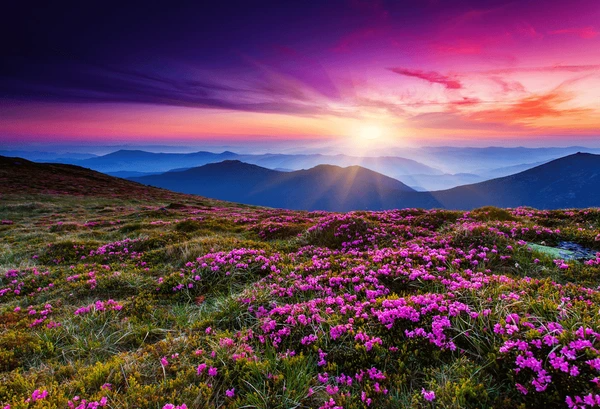The Charm of Hydrangeas: Properties and Types
Hydrangeas are beloved for their lush, full blooms and versatility. These stunning shrubs bring a touch of elegance and charm to gardens with their large, globe-like flower clusters and diverse color palette. In this blog, we’ll explore the distinctive properties of hydrangeas and delve into the various types that make them a popular choice among gardeners and floral enthusiasts.
Properties of Hydrangeas
Hydrangeas are characterized by several unique properties that set them apart from other flowering plants:
- Flower Structure:
- Hydrangeas are known for their large, rounded flower heads, which are made up of numerous small individual florets. The flower heads can vary in shape, ranging from spherical to flat-topped, depending on the variety.
- Color Variability:
- One of the most intriguing aspects of hydrangeas is their color-changing ability. The color of hydrangea blooms can shift based on soil pH. Acidic soils (low pH) typically produce blue flowers, while alkaline soils (high pH) yield pink blooms. Some varieties also exhibit shades of purple and white.
- Growth Habit:
- Hydrangeas are deciduous shrubs that can grow from 3 to 10 feet tall, depending on the variety. They typically have a bushy growth habit with sturdy stems and broad, ovate leaves. Hydrangeas are relatively low-maintenance and adaptable to a range of soil conditions.
- Blooming Season:
- Hydrangeas generally bloom from mid-summer to early fall. The exact timing can vary based on the variety and local climate conditions. Their long-lasting blooms make them a popular choice for summer gardens.
- Leaf Texture and Shape:
- The leaves of hydrangeas are typically large, with a broad, ovate shape and a slightly serrated edge. The texture can range from smooth to slightly fuzzy, depending on the variety.
- Pruning Requirements:
- Hydrangeas have specific pruning needs based on their type. Some varieties bloom on old wood, while others bloom on new growth. Understanding the correct pruning techniques is essential for maintaining healthy plants and promoting optimal blooming.
- Toxicity:
- Hydrangeas are mildly toxic if ingested, particularly the leaves and buds. While they are generally safe for handling, caution should be taken to keep them away from pets and small children.
Types of Hydrangeas
Hydrangeas come in a variety of types, each with its unique characteristics and growing requirements. Here are some popular types:
- Bigleaf Hydrangea (Hydrangea macrophylla):
- Description: Known for its large, globe-shaped flower heads, the Bigleaf hydrangea is one of the most common types. It can produce blooms in various colors, including pink, blue, purple, and white.
- Height: Typically 3-6 feet.
- Colors: Pink, blue, purple, and white.
- Panicle Hydrangea (Hydrangea paniculata):
- Description: Panicle hydrangeas are characterized by their cone-shaped flower heads, which start off white and can turn pink or red as they mature. They are known for their robust growth and adaptability.
- Height: Generally 4-10 feet.
- Colors: White, pink, and red.
- Oakleaf Hydrangea (Hydrangea quercifolia):
- Description: Named for its oak-like foliage, this hydrangea features large, cone-shaped blooms that start white and can turn pink or brown with age. Its foliage adds seasonal interest, turning red and orange in the fall.
- Height: Typically 4-6 feet.
- Colors: White, pink, and brown.
- Smooth Hydrangea (Hydrangea arborescens):
- Description: Smooth hydrangeas are known for their rounded, fluffy flower heads, which are usually white but can also be greenish or pink. They are valued for their hardiness and ability to thrive in a range of conditions.
- Height: Generally 3-5 feet.
- Colors: White, green, and pink.
- Climbing Hydrangea (Hydrangea anomala subsp. petiolaris):
- Description: This type is a vigorous climbing plant that attaches itself to surfaces with aerial roots. It produces large, lacecap-like flower clusters and is often used to cover walls and trellises.
- Height: Can climb up to 50 feet or more.
- Colors: White.
- Mountain Hydrangea (Hydrangea serrata):
- Description: Similar to Bigleaf hydrangeas but more compact, Mountain hydrangeas produce delicate, lacecap-style blooms. They are well-suited to smaller gardens and more challenging climates.
- Height: Typically 3-4 feet.
- Colors: Pink, blue, and purple.
- Tree Hydrangea (Hydrangea tree):
- Description: Often referred to as a “Hydrangea tree,” this variety has a tree-like growth habit and produces large, rounded flower heads. It is commonly used as a specimen plant or focal point in gardens.
- Height: Generally 6-10 feet.
- Colors: White and pink.
- Forever & Ever Hydrangea:
- Description: A popular variety known for its continuous blooming cycle throughout the summer. It produces large flower heads and is valued for its extended blooming period.
- Height: Typically 3-4 feet.
- Colors: Pink, blue, and purple.
- PeeGee Hydrangea (Hydrangea paniculata ‘Grandiflora’):
- Description: This variety is known for its large, panicle-shaped flower heads and vigorous growth. It is often used for its impressive size and striking blooms.
- Height: Typically 6-8 feet.
- Colors: White, turning pink.
- Endless Summer Hydrangea:
- Description: Known for its ability to bloom continuously throughout the growing season, the Endless Summer hydrangea produces large, colorful blooms that can be pink, blue, or purple, depending on soil pH.
- Height: Generally 3-4 feet.
- Colors: Pink, blue, and purple.
Conclusion
Hydrangeas are a versatile and stunning addition to any garden, offering a wide range of colors, sizes, and shapes. Their adaptability and unique characteristics make them a favorite among gardeners and floral enthusiasts. At Charming Flowers Trading, we offer a selection of hydrangeas to help you incorporate these beautiful blooms into your garden or home. Discover the charm of hydrangeas and enhance your outdoor space with their timeless beauty.

